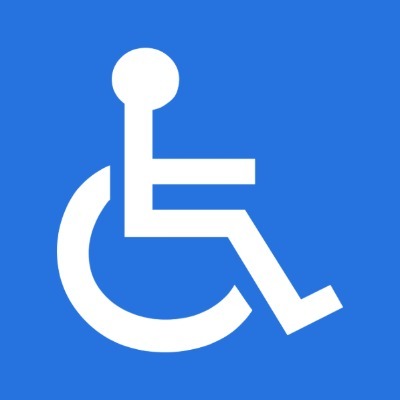Overlays and “one-line-of-code” plug-ins promise instant ADA compliance. In reality, they’re quick patches that don’t fix your site’s underlying code — and they can increase your legal risk by creating a false sense of security.
What Accessibility Tools Really Do (and Don’t Do)
- Inject a visual “layer” that tries to adjust contrast, add alt text, or tweak navigation on the fly.
- Rarely fix the root issues in your HTML, ARIA, headings, form labels, and keyboard focus order.
- Can interfere with screen readers or keyboard users — the opposite of what you want.
The accessiBe Case: Why Marketing Claims Matter
In January 2025, the U.S. Federal Trade Commission announced an order requiring the overlay vendor accessiBe to pay $1 million over deceptive claims that its AI widget could make any website fully WCAG-compliant. In April 2025, the FTC approved the final order. Read the official releases: FTC press release (Jan 3, 2025) and FTC final order (Apr 22, 2025).
The takeaway for small businesses: if a tool promises automatic compliance, you could still be targeted — and you may have little defense if those promises aren’t true.
Why Overlays Can Increase Your Risk
- False confidence: You think you’re safe, but common barriers remain (forms, focus order, headings, ARIA, media alternatives).
- Assistive tech conflicts: Widgets can hijack or confuse screen readers and keyboard navigation.
- Legal exposure: If your site still has barriers, an overlay badge won’t stop a demand letter.
A Better Path: Human Oversight + Real Fixes
- Audit first: Use a WCAG-informed review to find barriers that tools miss.
- Fix the code: Add alt text, correct labels, repair headings, ensure keyboard access, and caption media.
- Document progress: Keep notes/screenshots of improvements and publish an Accessibility Statement.
How the DAPEN® Defense Fund Protects You
Tools can help, but they don’t shield you from legal risk. The DAPEN® Defense Fund gives you a rapid-response team if you’re targeted:
- Attorney-Drafted Response: A lawyer replies within the deadline on your behalf.
- Targeted Remediation: Developers fix the exact issues cited in the letter — not just surface-level tweaks.
- Predictable Cost: Avoid $5,000+ emergency invoices when time is tight.
Frequently Asked Questions
Do automated tools guarantee ADA/WCAG compliance?
Should I remove overlays entirely?
What’s the safest approach for small businesses?
Next Steps
- Join DAPEN to ensure you have legal and technical support in place before a demand letter arrives.
- Run a quick audit and fix high-impact barriers this week.
- Remove any overlay that interferes with assistive technology and replace it with real code-level fixes.
Join the DAPEN Defense Fund for legal response and targeted website fixes if you receive an ADA demand letter.

